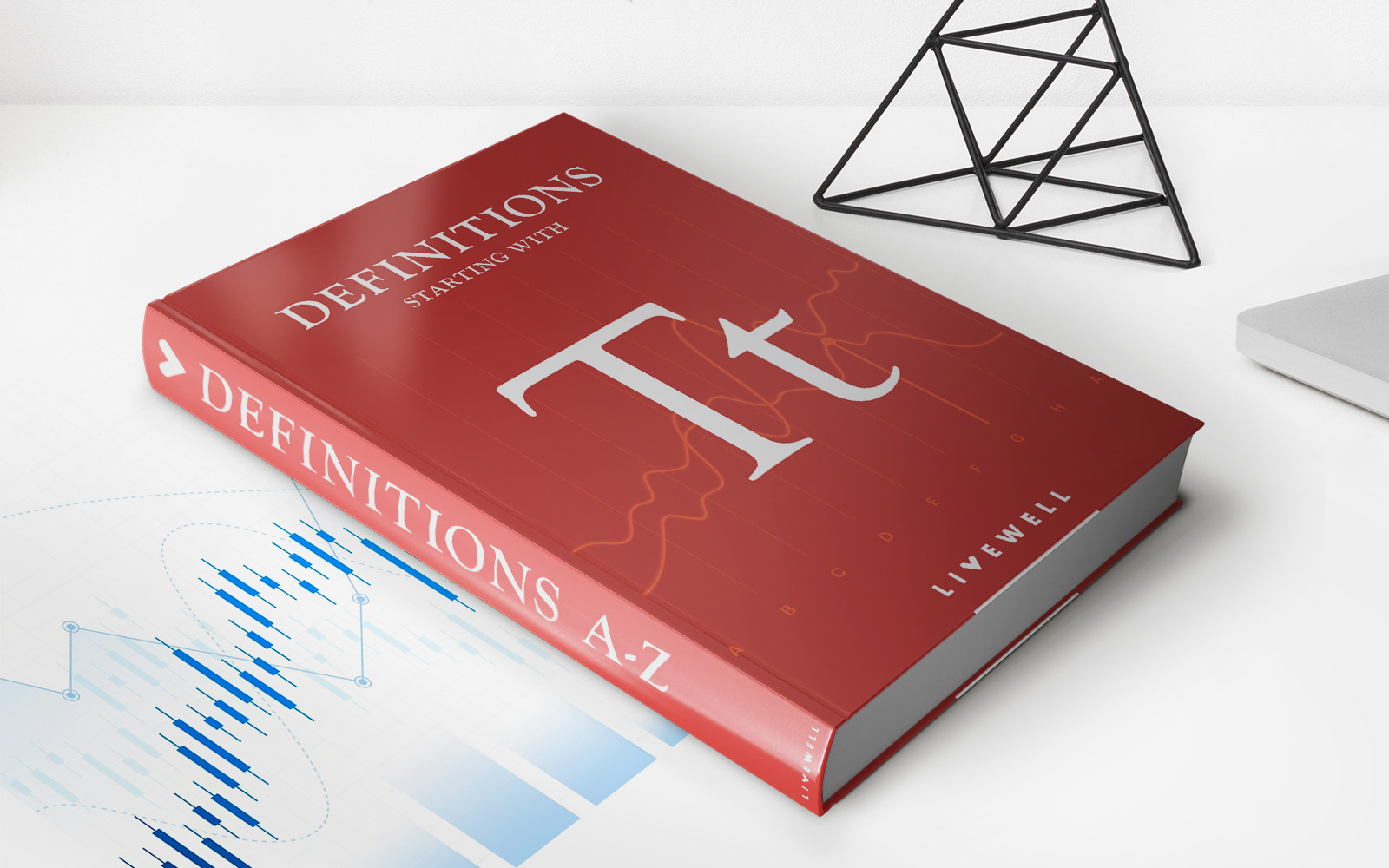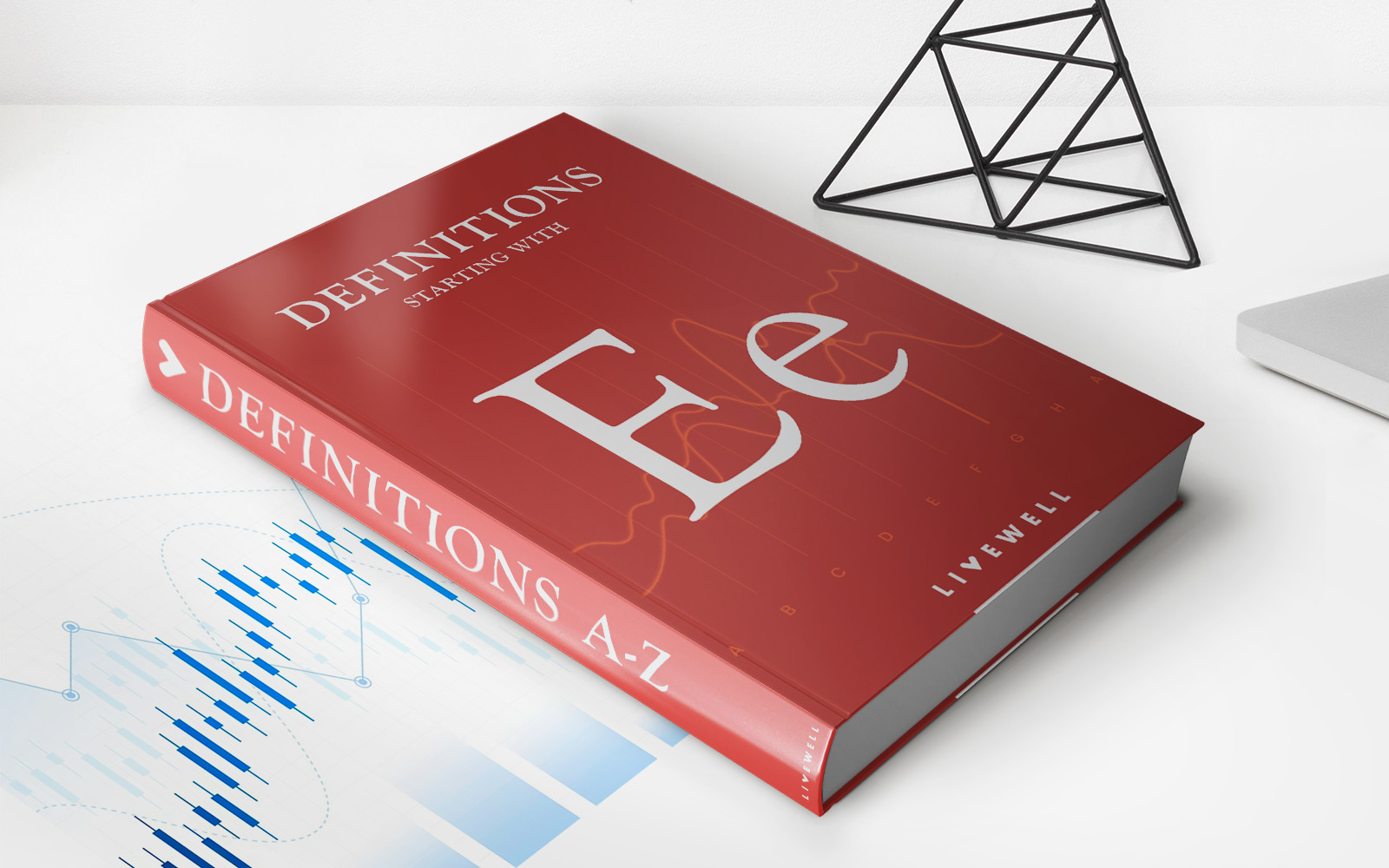

Finance
Valuation Mortality Table Definition
Published: February 15, 2024
Learn the meaning and importance of valuation mortality tables in finance. Understand how these tables inform financial decisions and risk assessment.
(Many of the links in this article redirect to a specific reviewed product. Your purchase of these products through affiliate links helps to generate commission for LiveWell, at no extra cost. Learn more)
Understanding Valuation Mortality Table: A Comprehensive Guide
Welcome to our Finance blog, where we share valuable insights and information on various aspects of the financial world. In this post, we’ll delve into the intriguing world of valuation mortality tables, explaining what they are, their significance, and why they matter in the realm of finance. If you’ve ever wondered what a valuation mortality table is and how it influences financial decisions, you’ve come to the right place.
Key Takeaways:
- Valuation mortality tables provide a statistical representation of the mortality rates and life expectancies within a given population.
- These tables play a crucial role in determining life insurance premiums, pension obligations, and other financial calculations.
Now, let’s dive deeper into the world of valuation mortality tables and explore why they are an essential tool in the financial industry.
What is a Valuation Mortality Table?
A valuation mortality table is a statistical tool that represents the probabilities of death at various ages within a particular population. These tables are constructed based on historical data on mortality rates and use mathematical models to forecast future mortality trends. By analyzing the data, insurers, pension providers, and other financial institutions can estimate the likelihood of individuals within a given population surviving or dying at specific ages.
Valuation mortality tables are created using vast amounts of data collected over many years, such as population demographics, medical advancements, and health trends. Different tables exist for various purposes, including life insurance, annuities, and pension plans. These tables help determine the financial risks associated with these products, allowing insurers and financial institutions to price their offerings accurately.
Why Valuation Mortality Tables Matter
Valuation mortality tables play a vital role in finance and impact numerous sectors, including:
- Life Insurance: Insurance companies use valuation mortality tables to assess mortality risk and determine the premiums for life insurance policies. Tables help calculate the likelihood of an individual dying within a given period, considering factors such as their age, gender, occupation, and overall health.
- Pension Plans: Pension providers utilize valuation mortality tables to evaluate and project the future pension obligations they will have to fulfill. By accounting for mortality rates, they can estimate the lifespan of individuals and determine the amount of pension income retirees are entitled to.
- Actuarial Science: Valuation mortality tables are a fundamental tool for actuaries, who specialize in analyzing and managing risk. Actuaries rely on these tables to calculate policy premiums, reserves, and other financial obligations.
Valuation mortality tables enable financial institutions to make informed decisions, manage risks, and ensure the sustainability of their offerings. They provide a solid foundation for calculating life expectancies and formulating accurate projections, benefiting both individuals and the financial industry as a whole.
Conclusion
Valuation mortality tables are an integral part of the financial landscape, providing insights into mortality rates and influencing various sectors like life insurance and pension plans. By studying these tables, insurers, pension providers, and actuaries can make informed decisions, accurately assess risks, and ensure the financial stability of their offerings. Understanding valuation mortality tables is crucial for anyone involved in the financial industry or seeking to make informed decisions about their future financial plans.














